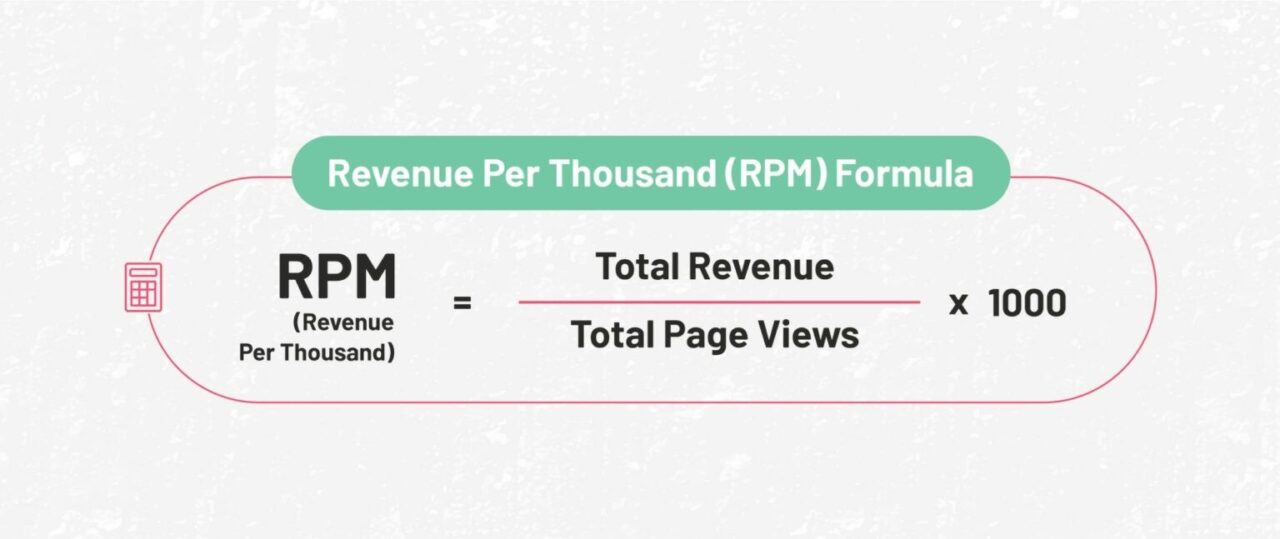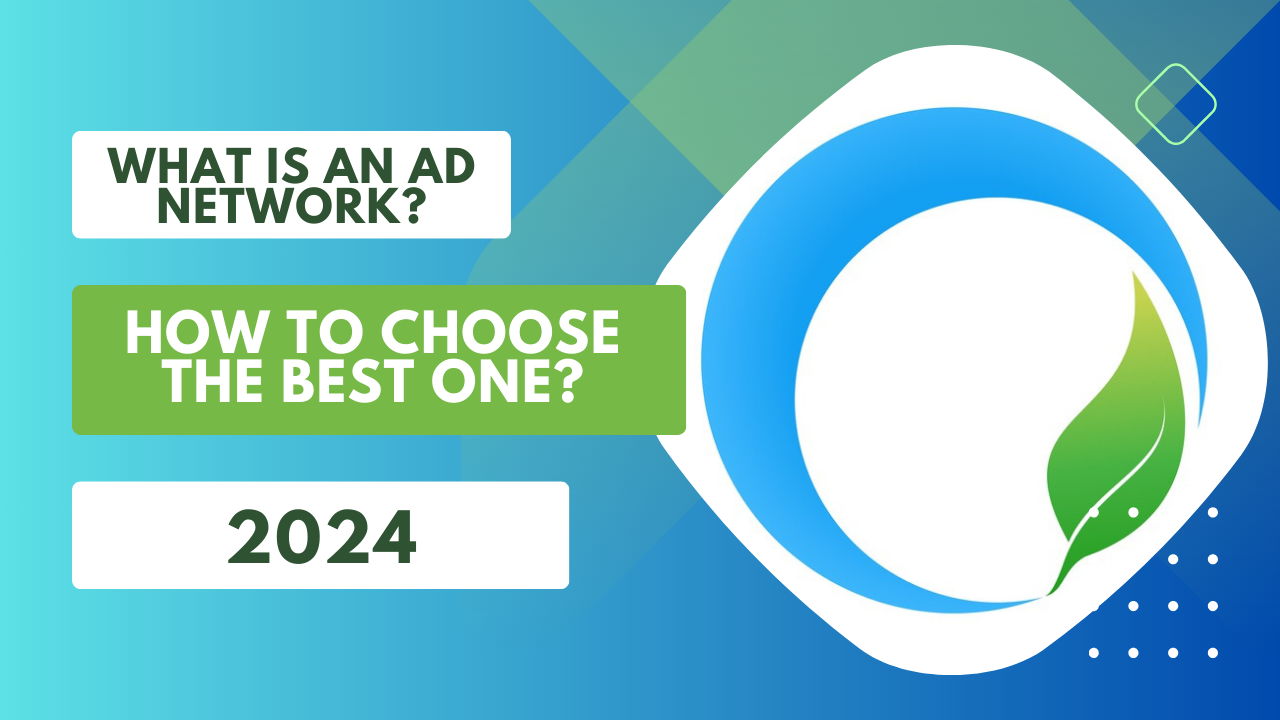CPM and RPM are metrics that publishers use to track their revenue. These metrics are often confused by new publishers, but they have distinct meanings.
CPM, or cost per mile, is the amount of money an advertiser pays for every 1,000 times their ad is displayed. On the other hand, RPM, or revenue per mile, measures the revenue generated by every 1,000 ad impressions.
Both CPM and RPM provide valuable insights into advertising revenue and help shape publishers’ strategies. Let’s take a closer look at the differences between RPM and CPM, how they are calculated, and why they are important to publishers.
CPM vs RPM: The Full Overview
You may be wondering how advertisers calculate the cost of running an ad campaign. Well, they use a metric called CPM. Interestingly, publishers can also use CPM to estimate their revenues. However, if you’re a publisher looking to track the performance and earnings of your ad campaign, RPM is the metric for you.
Check out this table comparing RPM and CPM:

What Is CPM?

CPM stands for ‘cost per thousand’ and indicates the income earned by publishers for every 1,000 ad impressions on their websites.
A publisher will often have multiple ad positions on their website, each with its own CPM rate. Advertisers can then buy ad space on the publisher’s website, and the publisher earns money based on how many times the ad is seen (impressions). The publisher is paid whether or not the ad was viewed or resulted in any conversions.
To calculate CPM, divide the total cost of the ad campaign by the number of impressions generated and multiply the result by 1000.

Why Is CPM Important for Publishers?
CPM is a popular pricing model among publishers because it allows them to earn revenue based on ad impressions rather than ad performance. It provides a consistent revenue stream and helps publishers sell their best-performing ad inventory at higher CPMs based on data.
CPMs can vary depending on a number of factors, including the demand partner, region, format, device, and many more. This enables publishers to assess the efficacy of various ad units, formats, and audiences and make data-driven decisions about which to focus on.
For instance, if a publisher observes that their video ad units have a higher CPM compared to their display ads, they may choose to allocate more ad inventory to video ads in order to increase their revenue. Similarly, if a publisher notices that certain geographic locations yield higher CPMs, they may focus their advertising efforts more heavily in those regions.
Furthermore, CPM enables publishers to identify market trends and fluctuations, which can be utilized to negotiate better ad rates with their partners. In summary, CPM assists publishers in making effective decisions to optimize the monetization of their ad inventory and maximize their revenue.
What Is RPM?
RPM is a metric for estimating how much money may be made from every one thousand impressions. Display advertisements, video advertisements, and any other forms of ad revenue on a website are included. If a publisher wants to make the most money possible from advertisements, RPM is a crucial metric to track.

To calculate it, simply divide the estimated earnings by the number of page views and then multiply the result by 1,000.
RPM is generally higher than CPM because RPM takes into account the cost per 1000 pageviews, considering the number of ads on a page. On the other hand, CPM calculates the cost per 1000 impressions of a single ad unit..
To illustrate this, let’s consider an example: Imagine a user visits a webpage that contains five ad units. Out of these, only three ad units are placed above the fold, while the remaining two are below the fold. Now, if the user leaves the page halfway through the content, the CPM will only be calculated for the three ad units that were within the user’s viewability range. However, the RPM will estimate the cost by including all five ad units.
This distinction between RPM and CPM highlights why RPM tends to be higher, as it considers the overall pageviews and the number of ads displayed, providing a more comprehensive measurement.
Why Is RPM Important for Publishers?
RPM holds significant importance for publishers as it enables them to gauge the efficacy of their ad revenue and enhance their monetization strategy. Through diligent tracking of RPM, publishers can discern ad placements that yield exceptional results, fine-tune pricing, and negotiate more favorable rates with advertisers.
This metric serves as a valuable tool for publishers to identify the most lucrative ad placements on their websites, empowering them to showcase more valuable advertisements in prominent positions. By leveraging RPM, publishers can guarantee optimal utilization of their monetization endeavors and maximize their revenue potential.
What’s the Difference Between CPM and RPM?
CPM and RPM are two important metrics used in the ecosystem of online advertising. CPM, or cost per thousand impressions, measures the cost of running an ad campaign per 1,000 impressions, while RPM, also known as revenue per thousand impressions, calculates the income earned from advertising campaigns on a website for every 1,000 impressions it gets.
Here are some notable distinctions between CPM and RPM:
Target: While CPM is advertiser-centric, RPM is publisher-centric.
Tracking: CPM is useful for tracking the cost of an ad campaign, while RPM tracks the revenue earned from ads
Ad Placement: CPM is often used to determine the price of ads based on where they appear, while RPM is more focused on the overall revenue generated by ads across a website or app.
Bidding: CPM is used in ad auctions provided by ad networks, such as Google AdSense, to determine the cost per impression of an ad, while RPM isn’t.
Ad Units: You can use CPM to measure how much each impression costs for different ads, and RPM calculates the total revenue generated from all ads.
Conclusion
As a publisher, you should prioritize RPM while still keeping an eye on CPM to maintain ad quality and user experience.
PubFuture has established itself as a top-performing high CPM network, assisting publishers in optimizing their revenue streams since 2015. Our esteemed partners have experienced a remarkable 55% surge in their publishing revenue by collaborating with us. Contact us today to discover how we can assist you in maximizing your website inventory.






